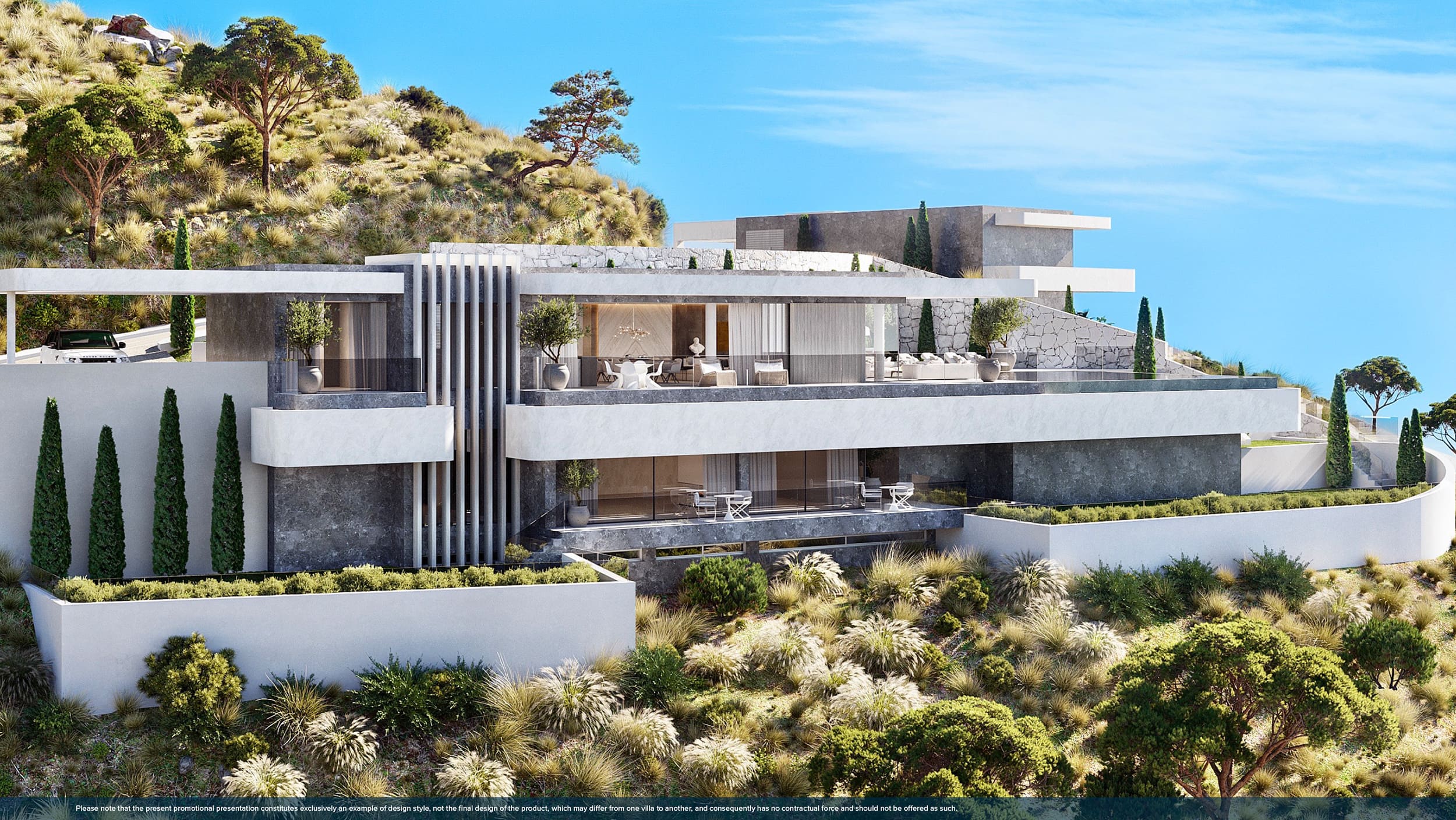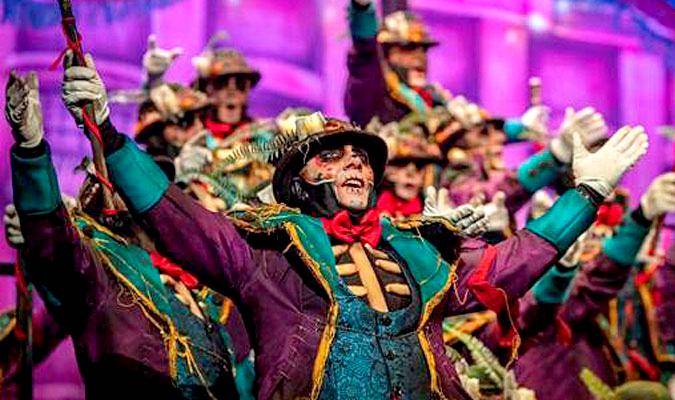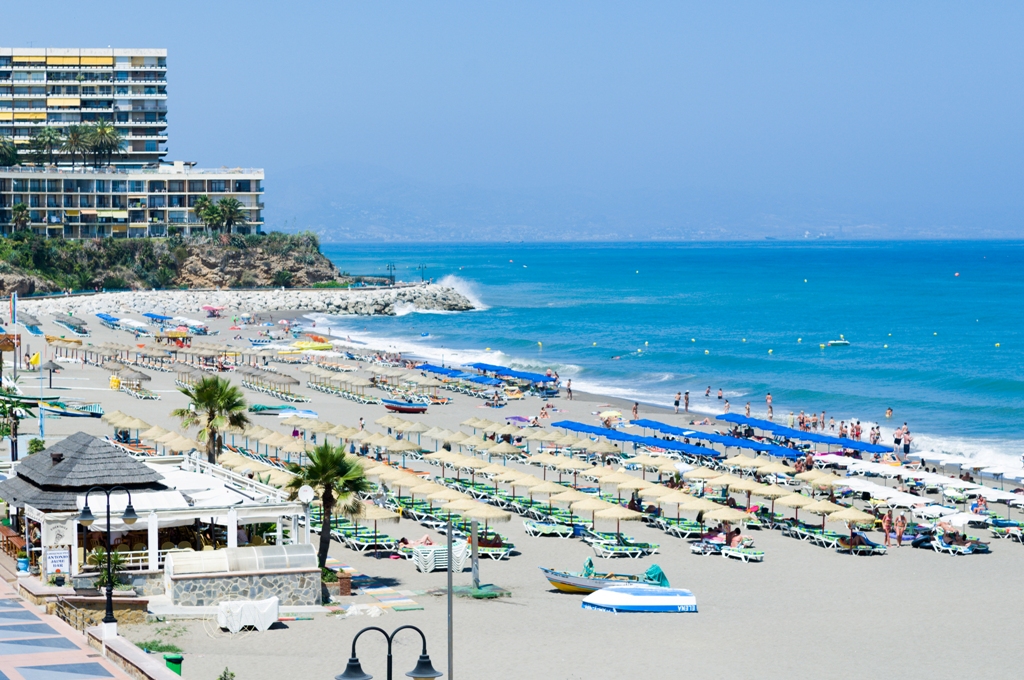Characterised by the visual power of its organic forms and its spectacular sea views, this unique and beautiful villa stands …
The best of
NEW BUILDS
on the Costa del Sol
The Carnival of Andalusia
Carnival is a cultural festival that is celebrated all over the world, but it has a special place in the hearts of Andalusians. Carnival in Andalusia is a spectacle of colour, music, dance and traditions that have been passed down from generation to generation.
Histoire du carnaval en Andalousie
The origins of Carnival go back to the ancient Roman festival of Saturnalia, which was celebrated in December. This festival, which marked the end of the winter solstice, was characterised by feasting, drinking and revelry. When Christianity became the dominant religion in the Roman Empire, the festival was adapted to the Christian calendar as a period of excess before the fasting of Lent. The term carnival is derived from the Latin phrase “carnem levare”, which means “to remove meat”, as it was the last opportunity to indulge in meat before the Lenten period.
Carnival was introduced to Andalusia by the Moors, who ruled the region for more than 700 years, until the 15th century. The Moors celebrated a festival called Al-Andalus, which was a precursor to today’s carnival. Al-Andalus was a festival of music, dance and poetry that celebrated the arrival of spring. After the expulsion of the Moors from Andalusia, the Christian population of the region adapted the festival and made it their own.
The Andalusian carnival began to take on its modern form in the 19th century. The Cadiz carnival, in particular, became famous for its satirical songs, called chirigotas, which made fun of the authorities and social problems of the time. The Cadiz carnival also introduced the concept of street performances, which has become an integral part of the Andalusian carnival.
Importance du carnaval en Andalousie
Carnival in Andalusia is more than just a time to party, it is a time for the people of the region to come together and celebrate their cultural heritage. Carnival is celebrated throughout the region, with each town adding its own personal touch to the festivities.
Costumes are one of the most important aspects of Carnival in Andalusia. People spend months preparing their costumes, which can be very elaborate and colourful. The costumes are an expression of the creativity and imagination of the Andalusian people, and are often inspired by local traditions and folklore.

Music is another important element of carnival in Andalusia. The Chirigotas of Cadiz are always a central element of the carnival, but other styles of music, such as flamenco and salsa, are also popular. The music adds to the festive atmosphere of the carnival, and people of all ages can be seen dancing in the streets.

Food and drink are also an important part of the carnival in Andalusia. Traditional dishes such as paella and gazpacho are served, as well as local wines and beers. The food and drinks are an expression of the region’s culinary traditions and a reminder of the importance of food in Andalusian culture.
The Andalusian Carnival is also an opportunity for the locals to let off steam and have fun. Carnival is a time of excess and indulgence, where people can forget their problems and have fun.
Carnival is an opportunity for people to be themselves, to let off steam and to celebrate life.Andalusian Carnival is a celebration of the culture and heritage of the region. It is an opportunity for people to come together, celebrate their traditions and have fun.
In the heart of the most selective and exclusive area of the Costa del Sol, the Real de la Quinta …
Enjoy a new concept of luxury on the Costa del Sol. This new development is the most luxurious currently being …
This development of 3 independent villas in the heart of Los Naranjos in Marbella is the perfect combination of luxury …










